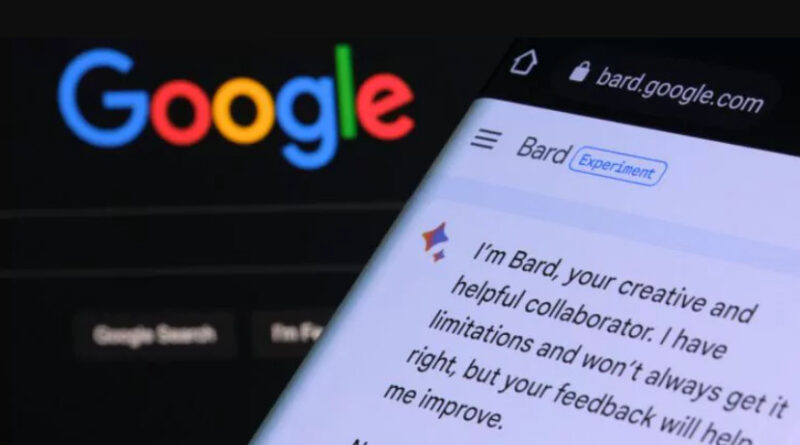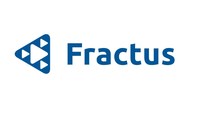Google Bard Director Talks Usage, Ethics, And Competitive Advantage
In an exclusive interview, the Director of Product Management for Google Bard discusses usage, ethical challenges, and synergy with Search.
- Google created Bard primarily to assist with creative tasks like writing, coding, and understanding complex topics.
- Google has no plans to monetize Bard responses with ads for now.
- Bard faces challenges like factual inaccuracies, but Google is committed to ethical AI development and continuous improvement based on user feedback.
In an exclusive interview with Search Engine Journal, Yury Pinsky, Director of Product Management at Google Bard, provides insight into the current status and future trajectory of Google’s experimental AI chatbot.
The interview offers a first-hand perspective into where Bard stands currently, where Google hopes to take it in the future, and how Google is approaching challenges like potential biases and misinformation with this new AI tool.
User Feedback And Usage Patterns
Pinsky reported that the initial feedback on Bard since its launch has been positive.
He highlighted that people have quickly integrated Bard into their workflows to discover how to use it best.
“We’re hearing that across the world, people are eager to engage and collaborate with Bard. I think it’s rather interesting that we are going through this journey alongside our users as we both learn and discover how to make the most of generative AI together.”
Most people use Bard for developing concepts, programming, and grasping complicated subjects, Pinsky says:
“In terms of common themes or, more specifically, how people are using Bard, we are seeing most people use it for writing, i.e., finding the right words to use from an initial user’s idea, working through an idea, coding, and helping people understand complex topics.”
Bard Vs. Google Search
Regarding the relationship between Bard and Google Search, Pinsky highlighted that the two are distinct yet complementary products.
“Bard and Search are separate products; in fact, we see Bard as an experience that is complementary to Search. Bard can help boost your productivity, accelerate your ideas, and fuel your curiosity.”
Google Search has long been a tool for finding information, while Bard was created as a chatbot meant to boost user productivity and creativity.
Bard’s current focus is on how it can encourage creative thinking, not just a basic search users might conduct on Google.
Pinsky continues:
“Whereas the generative capabilities in Search [can] help people in their information journeys, staying true to our strong foundations of information quality and connecting people with a range of sources and perspectives [is crucial].
For now, we’re excited and focused on how people use Bard for creative exploration — in ways that are different from how they typically look for information with Google Search.”
Bard’s Strengths And Areas For Improvement
When asked about Bard’s strengths and weaknesses, Pinsky believes that Bard is skilled at being a creative partner, especially in drafting professional correspondence and the like.
“One of the huge benefits of Bard is that it’s a pretty effective creative collaborator. So for tasks like creating drafts of [something like] a professional letter … Bard can help you find the right words.”
Bard also helps users expand on their ideas to reach innovative solutions, Pinsky explains:
“Another way we’re seeing people use Bard is to generate ideas. Bard can help you from a starting point like you thinking about a trip with family to generating suggested places to visit – and with Extensions, generating options for flights and hotels.
I truly think where Bard excels is helping people build on their ideas to come up with creative conclusions.”
Like other AI language models, Pinksy acknowledges that Bard sometimes makes up incorrect information, known as “hallucinating.”
He encourages people to use the feedback tool to identify inaccuracies, stressing Google’s dedication to transparency and accountability in responsibly developing AI.
“In terms of improvement, we’ve been transparent that hallucinations continue to be a known challenge of LLMs.
When we launched Bard, we published an overview by James Manyika, our head of technology and society, that examines many of these limitations and our approach to mitigating them.
We believe this transparency is important and critical to being responsible with generative AI.
So, we encourage people to use the thumbs down button and provide feedback if they see a hallucination or something that isn’t accurate. That’s one way Bard will learn and improve.”
Summary Of Key Takeaways
Here’s a summary of key information we learned from Pinsky throughout the interview:
- People find Bard useful for brainstorming, coding, and learning activities.
- Bard is positioned as a creative enhancement tool, while Google Search remains the primary source for information-finding.
- Bard’s strengths include its collaborative abilities for drafting and exploring ideas.
- Areas for improvement include reducing factual inaccuracies and “hallucinations.”
- Google is taking a responsible approach with Bard, emphasizing ethical AI principles.
- Differentiators for Bard include optimization for Google products/services and unique features like the “Google it” button.
- Monetization is not the current focus – delivering user value is the priority.
- More capabilities and features are actively being developed.
Looking Ahead
Bard shows promise as a collaborative tool for creativity and productivity. However, quality improvements are needed. Maintaining a focus on responsible development, user value, and ethical AI principles is critical for Google.
If the continued rollout is executed well, Bard could become a helpful AI assistant. But it remains an experimental technology, which means cautious optimism is warranted as capabilities evolve.



